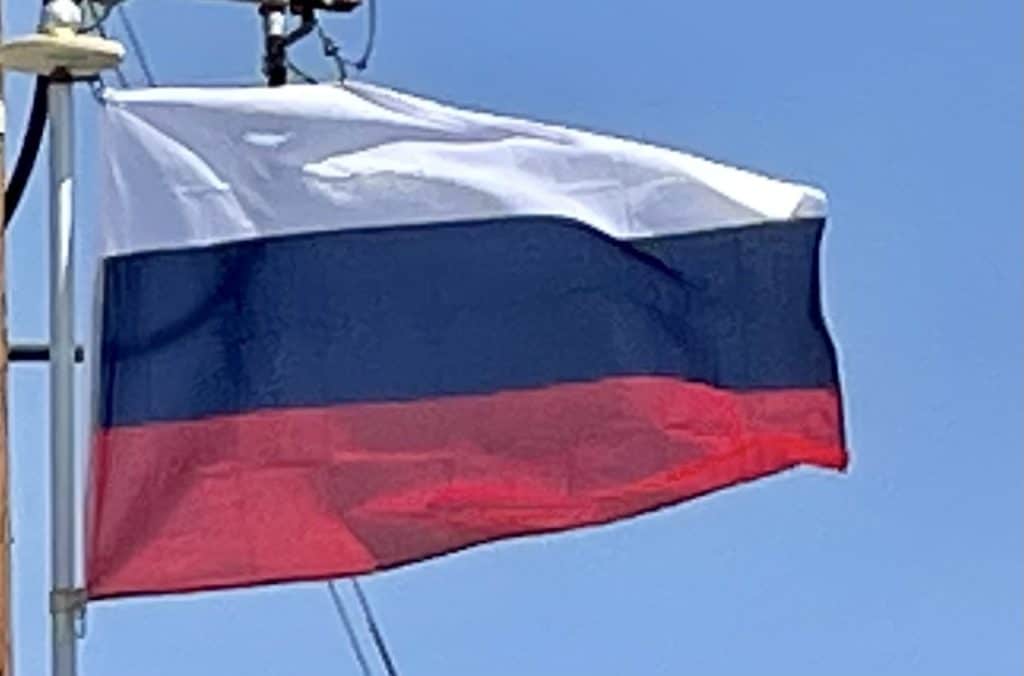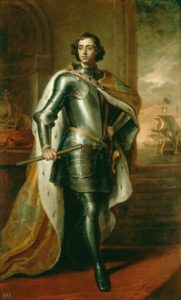
The reign of Peter I’s daughter Elizabeth in 1741–62 saw Russia’s participation in the Seven Years’ War (1756–63). During this conflict, Russia annexed East Prussia for a while and even took Berlin. However, upon Elizabeth’s death, all these conquests were returned to the Kingdom of Prussia by pro-Prussian Peter III of Russia.
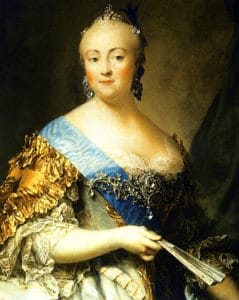
Catherine II (“the Great”), who ruled in 1762–96, presided over the Age of Russian Enlightenment. She extended Russian political control over the Polish-Lithuanian Commonwealth and incorporated most of its territories into Russia during the Partitions of Poland, pushing the Russian frontier westward into Central Europe. In the south, after the successful Russo-Turkish Wars against Ottoman Turkey, Catherine advanced Russia’s boundary to the Black Sea, defeating the Crimean Khanate. As a result of victories over Qajar Iran through the Russo-Persian Wars, by the first half of the 19th century, Russia also made significant territorial gains in Transcaucasia and the North Caucasus. Catherine’s successor, her son Paul, was unstable and focused predominantly on domestic issues. Following his short reign, Catherine’s strategy was continued with Alexander I’s (1801–25) wresting of Finland from the weakened kingdom of Sweden in 1809 and of Bessarabia from the Ottomans in 1812. At the same time, Russians became the first Europeans to colonize Alaska and founded settlements in California, such as Fort Ross.
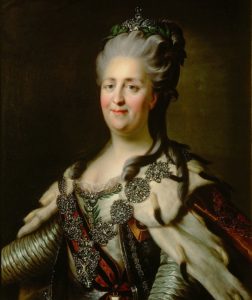
In 1803–1806, the first Russian circumnavigation was made, later followed by other notable Russian sea exploration voyages. In 1820, a Russian expedition discovered the continent of Antarctica.
In alliances with various other European countries, Russia fought against Napoleon’s France. The French invasion of Russia at the height of Napoleon’s power in 1812 reached Moscow, but eventually failed miserably as the obstinate resistance in combination with the bitterly cold Russian winter led to a disastrous defeat of invaders, in which more than 95% of the pan-European Grande Armée perished. Led by Mikhail Kutuzov and Barclay de Tolly, the Russian army ousted Napoleon from the country and drove throughout Europe in the war of the Sixth Coalition, finally entering Paris. Alexander I headed Russia’s delegation at the Congress of Vienna that defined the map of post-Napoleonic Europe.
The officers of the Napoleonic Wars brought ideas of liberalism back to Russia with them and attempted to curtail the tsar’s powers during the abortive Decembrist revolt of 1825. At the end of the conservative reign of Nicolas I (1825–55), a zenith period of Russia’s power and influence in Europe was disrupted by defeat in the Crimean War. Between 1847 and 1851, about one million people died of Asiatic cholera.
Nicholas’s successor Alexander II (1855–81) enacted significant changes in the country, including the emancipation reform of 1861. These Great Reforms spurred industrialization and modernized the Russian army, which had successfully liberated Bulgaria from Ottoman rule in the 1877–78 Russo-Turkish War.
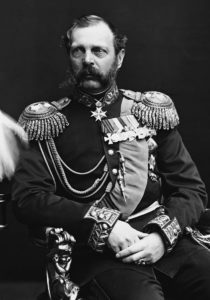
The late 19th century saw the rise of various socialist movements in Russia. Alexander II was killed in 1881 by revolutionary terrorists and the reign of his son Alexander III (1881–94) was less liberal but more peaceful. The last Russian Emperor, Nicholas II (1894–1917), was unable to prevent the events of the Russian Revolution of 1905, triggered by the unsuccessful Russo-Japanese War and the demonstration incident known as Bloody Sunday. The uprising was put down, but the government was forced to concede major reforms (Russian Constitution of 1906), including granting the freedoms of speech and assembly, the legalization of political parties, and the creation of an elected legislative body, the State Duma of the Russian Empire. The Stolypin agrarian reform led to a massive peasant migration and settlement into Siberia. More than four million settlers arrived in that region between 1906 and 1914.
February Revolution and Russian Republic:
In 1914, Russia entered World War I in response to Austria-Hungary’s declaration of war on Russia’s ally Serbia, and fought across multiple fronts while isolated from its Triple Entente allies. In 1916, the Brusilov Offensive of the Russian Army almost completely destroyed the military of Austria-Hungary. However, the already-existing public distrust of the regime was deepened by the rising costs of war, high casualties, and rumors of corruption and treason. All this formed the climate for the Russian Revolution of 1917, carried out in two major acts.
